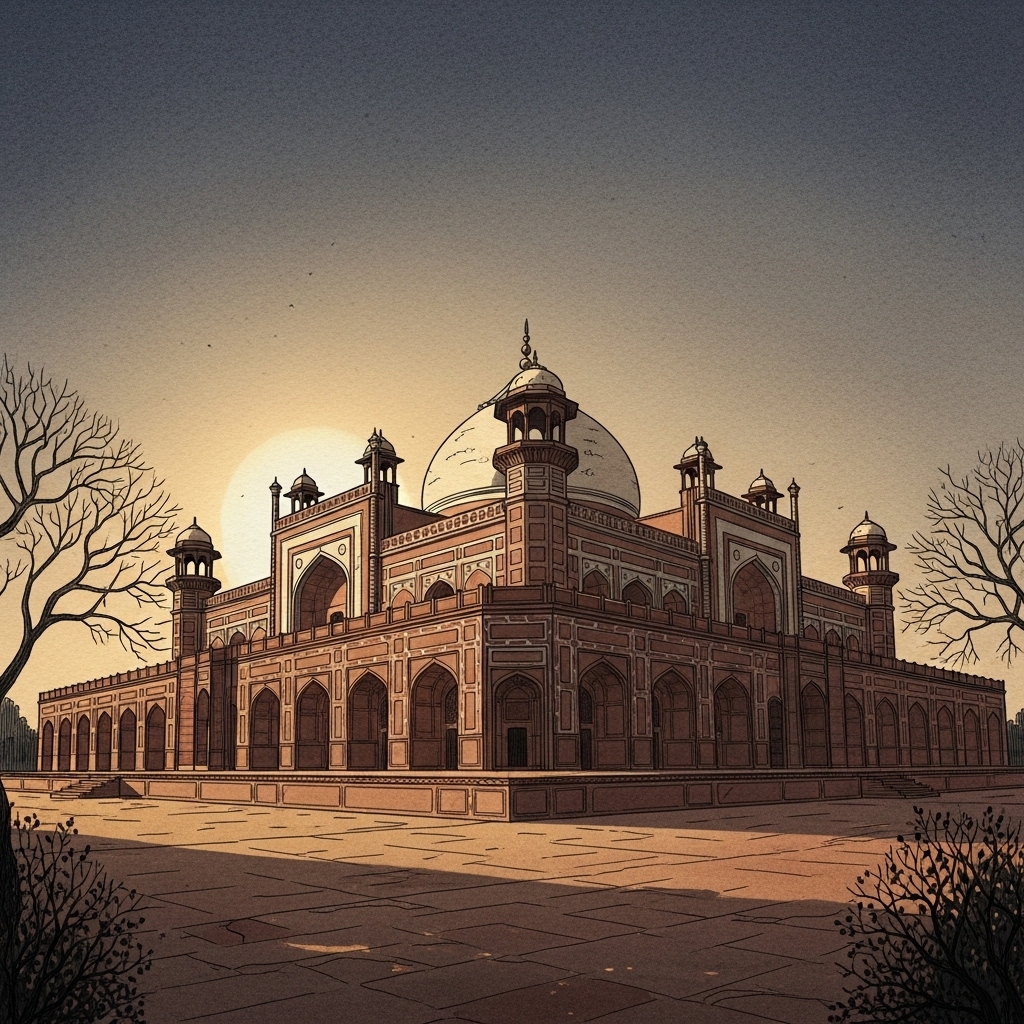👑 1627 — The End of an Emperor's ReignThe death of Mughal Emperor Jahangir, who ordered the martyrdom of Guru Arjan Dev Ji, marked a turning point.

The death of a powerful emperor can change the course of history for an entire people, and in 1627, such a moment arrived. Mughal Emperor Jahangir, ruler for 22 years, passed away. His reign was defined by deep animosity towards the Sikh faith, which tragically culminated in his 1606 order for the martyrdom of Guru Arjan Dev Ji. This single act of tyranny forever altered the path of Sikh history and Mughal-Sikh relations. Jahangir's death ended a period of direct and severe imperial persecution, ushering in a new, more confrontational era. It validated the foresight of the sixth Guru, Guru Hargobind Sahib Ji, in establishing the doctrine of `Miri-Piri` (temporal and spiritual authority) and preparing the Sikhs for self-defense. This was resilience forged in the face of oppression. The end of a tyrant's rule does not erase past injustices, but it can serve as a powerful catalyst for the oppressed to find new strength and forge their own destiny.
|